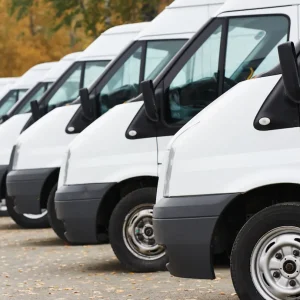Van fleets will be hit hardest by the backlash against diesel vehicles because of the lack of alternative fuels, according to fleet software company Fleet Check.
The firm said the LCV industry needs to “fight back against the waves of misinformation in the media” in order to avoid the Government reacting by implementing anti-diesel legislation.
“It is not difficult to envisage a situation developing over the next few years where clean-air zones and other legislative tools are used to target diesel commercial vehicles in a fashion that is less than fair,” he explained, adding: “We may be moving beyond a point where logic is being given due credence.”
The firm claimed mainstream media reports often do not take into consideration the improvements made to reduce diesel emissions in recent years.
According Golding, diesel wins out in most applications, even when taking into account emissions levels.
He added: “How this resolves itself is difficult to envisage. There are a few petrol CVs around and a smaller number of electric vehicles but nothing that could be used for a wide range of application.”





